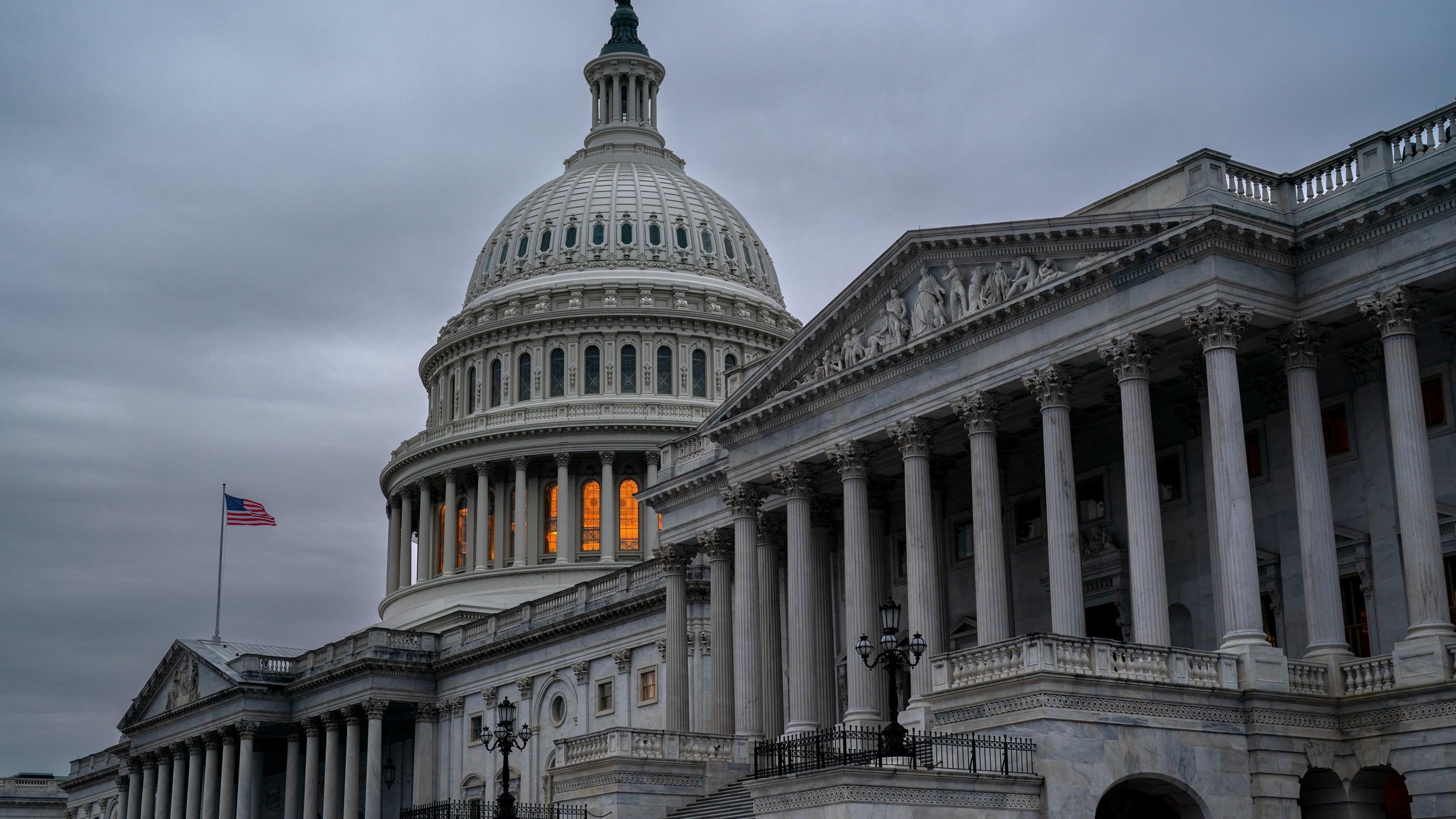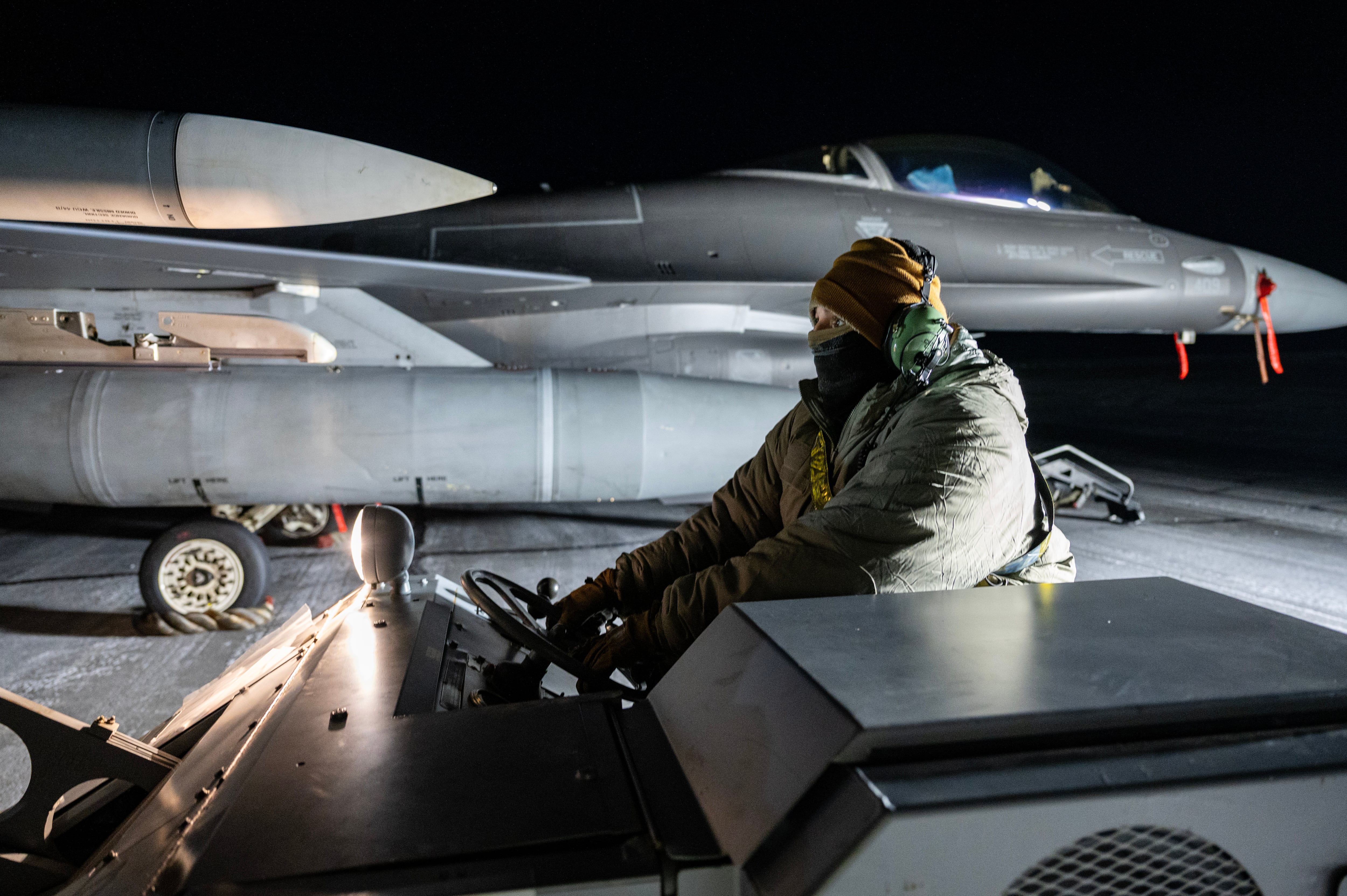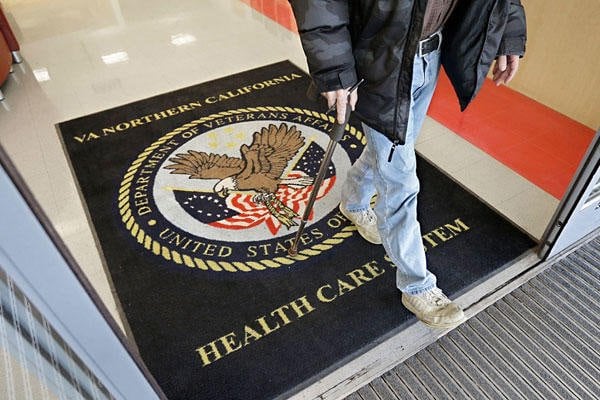A fourth service member, the third soldier so far, passed away from COVID-19 complications on July 30, the Army Reserve confirmed to Military Times on Wednesday.
Spc. Curtis Fort, 61, is the first death within the military since the end of May. Fort, in addition to being a radio and communications security repairer assigned to a Salem, Virginia, cadet summer training unit, was a preacher in the Roanoke area.
“He was a man of triumph and integrity,” according to his obituary. “He loved his family, serving the Lord and preaching the Gospel.”
A Reserve spokesman was not able to say how many of the command’s soldiers have been diagnosed with COVID-19 to date.
As of Wednesday morning, 28,769 service members have been diagnosed, 9,697 of them in the Army. The Defense Department does not break out those numbers to specify whether those troops are active duty or reservists.
Three of the military’s four deaths have come from Army reserve component soldiers thus far, starting with a New Jersey National Guard captain in March. The second, a chief aboard the aircraft carrier Theodore Roosevelt, died in April.
Sgt. Simon Zamudio, 34, died May 22 in Illinois.
While active-duty troops are required to practice social distancing and wear face coverings while at work, COVID-19 prevention is significantly more difficult among reserve-component units, as troops do not have day-to-day contact with their leadership and live entirely off-base.
In response to the pandemic, the Army Reserve suspended in-person drill and moved to virtual formations and schooling where possible.
In general, as on the active-duty side, it has been up to individual commands to issue guidance to their troops about where and how they go out in public.
Though the services’ 1-percent infection rate is on par with that of the general U.S. population, hospitalizations and deaths have been much lower among service members. Fewer than 2 percent of military cases have required hospitalization, and the death rate is 0.0001 percent, compared to 3 percent nationwide.
Defense officials told reporters Thursday that while the infection rate among civilians and service members has reached parity, the military’s most populous age demographic is seeing a slightly higher rate.
“We’ve not seen any widespread evidence that what’s occurring in the 18-to-24 demographic is because they’re not following the rules,” Air Force Brig. Gen. Paul Friedrichs, the Joint Staff surgeon, said.
Meghann Myers is the Pentagon bureau chief at Military Times. She covers operations, policy, personnel, leadership and other issues affecting service members.





